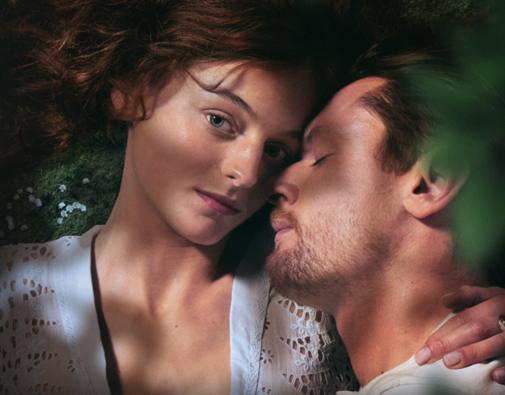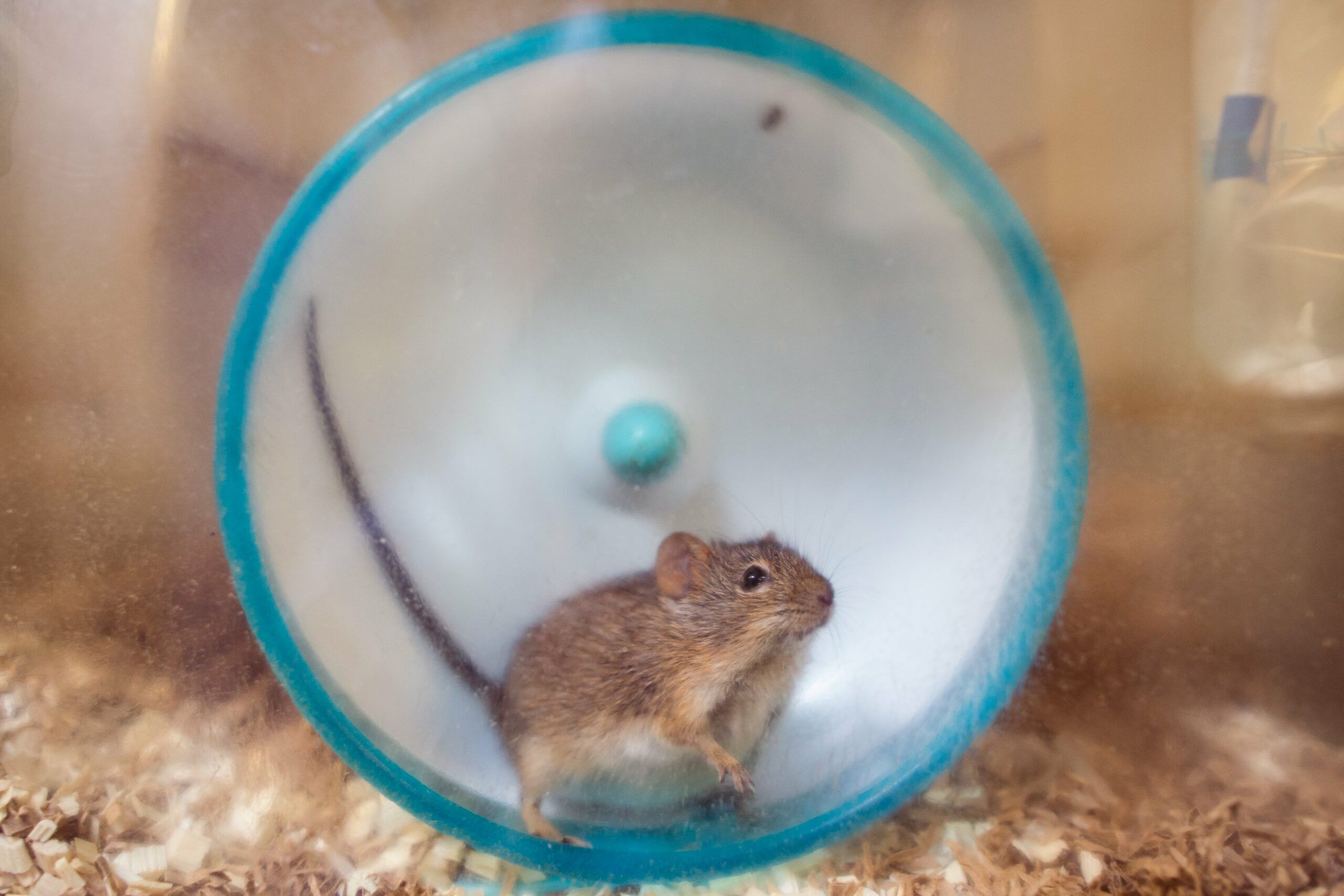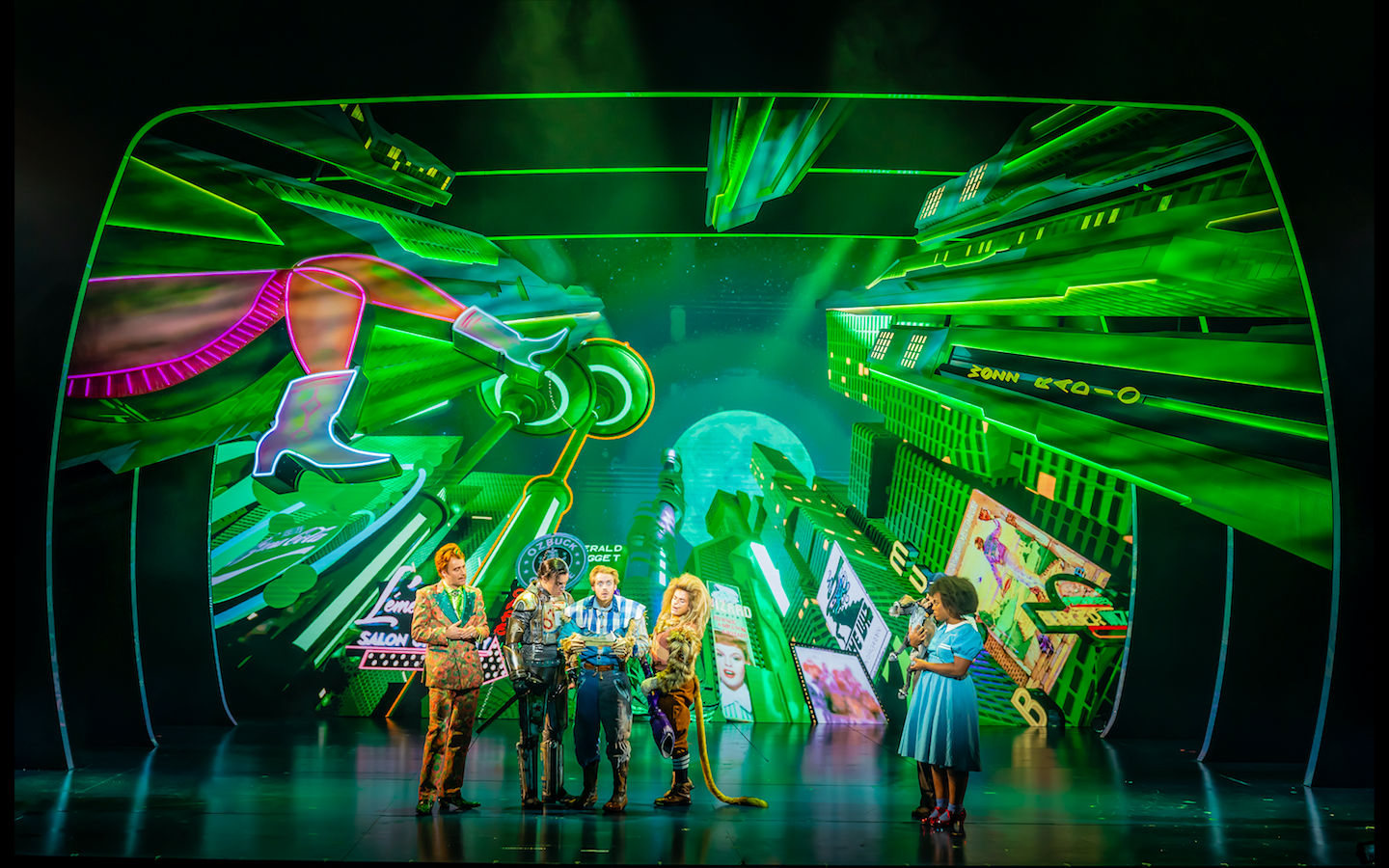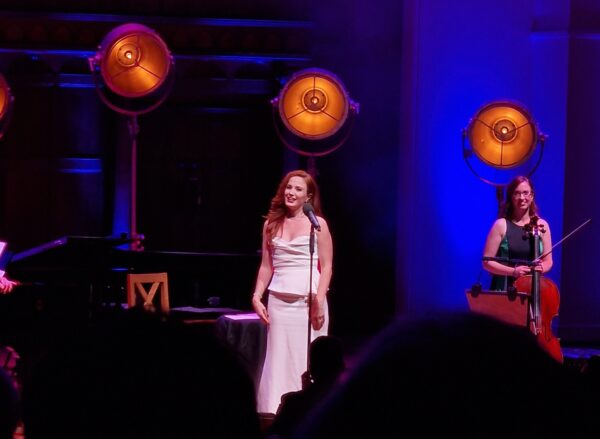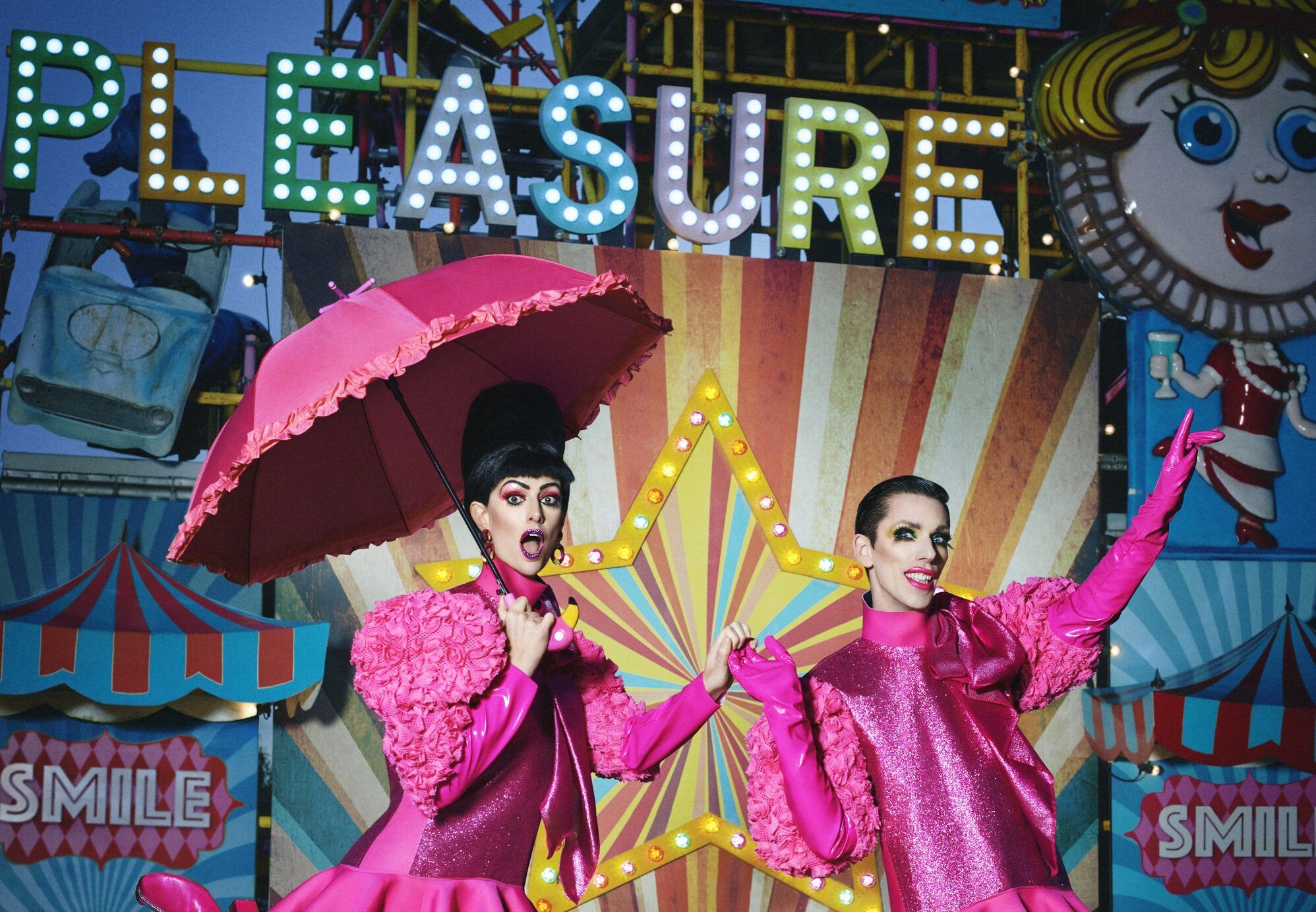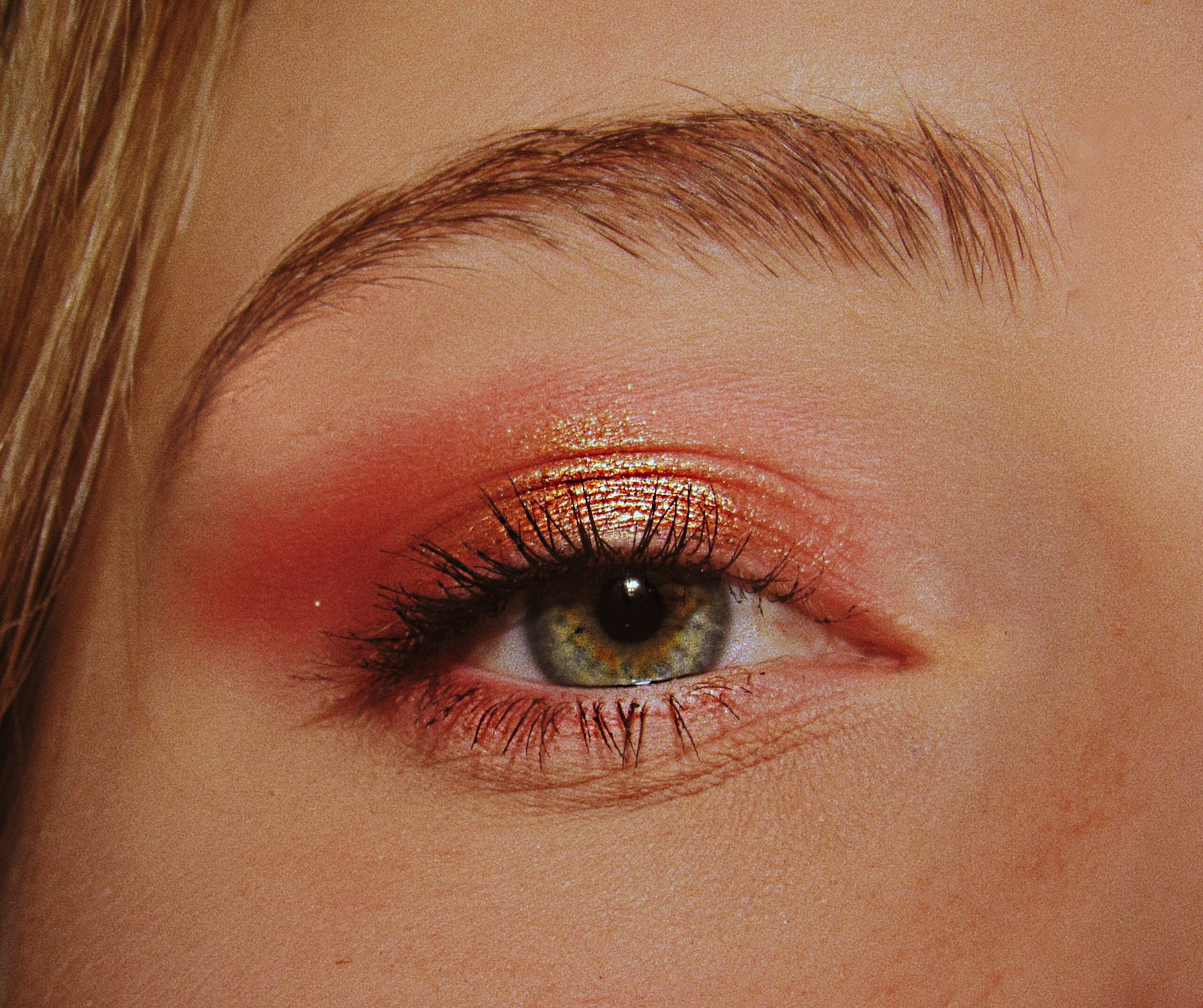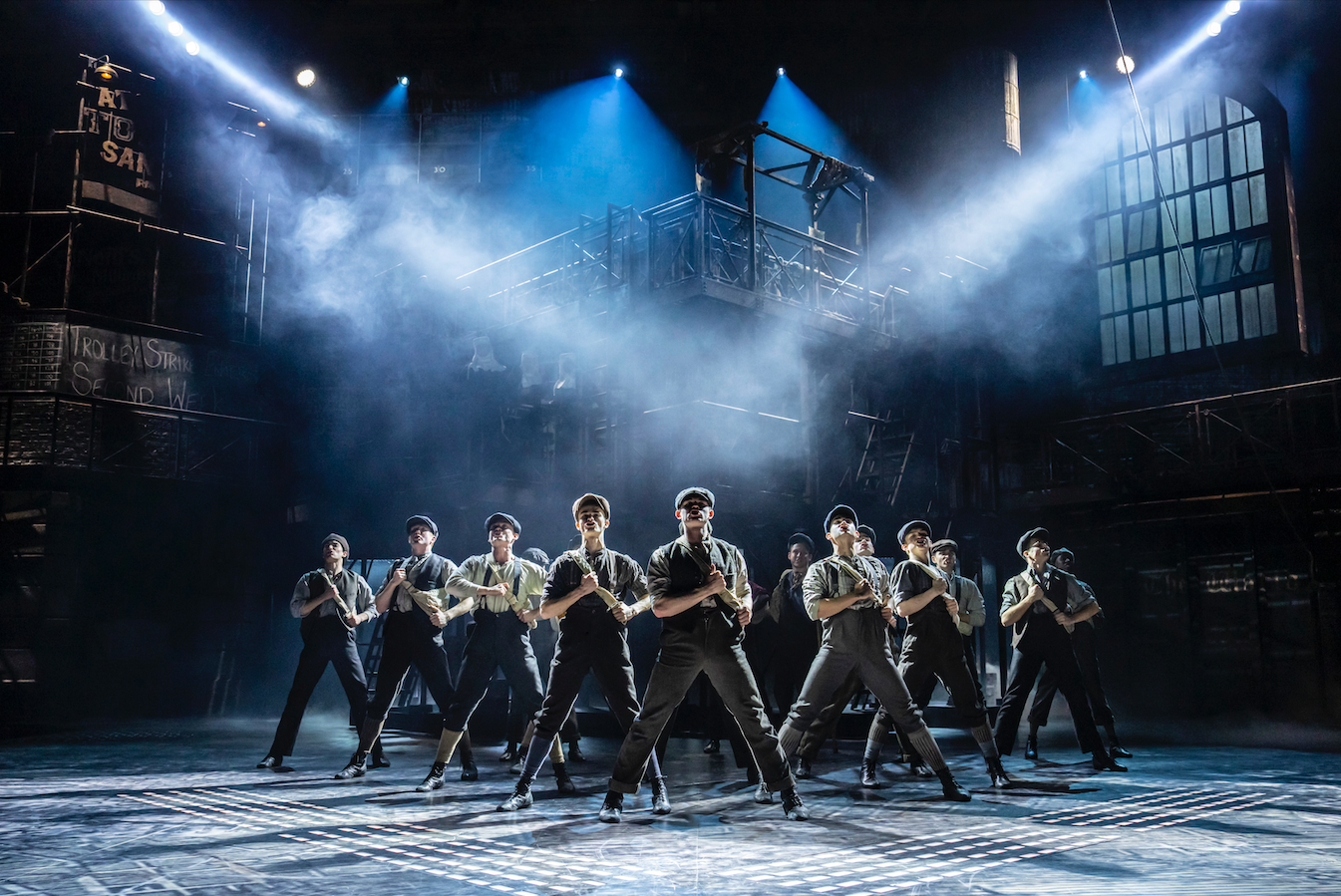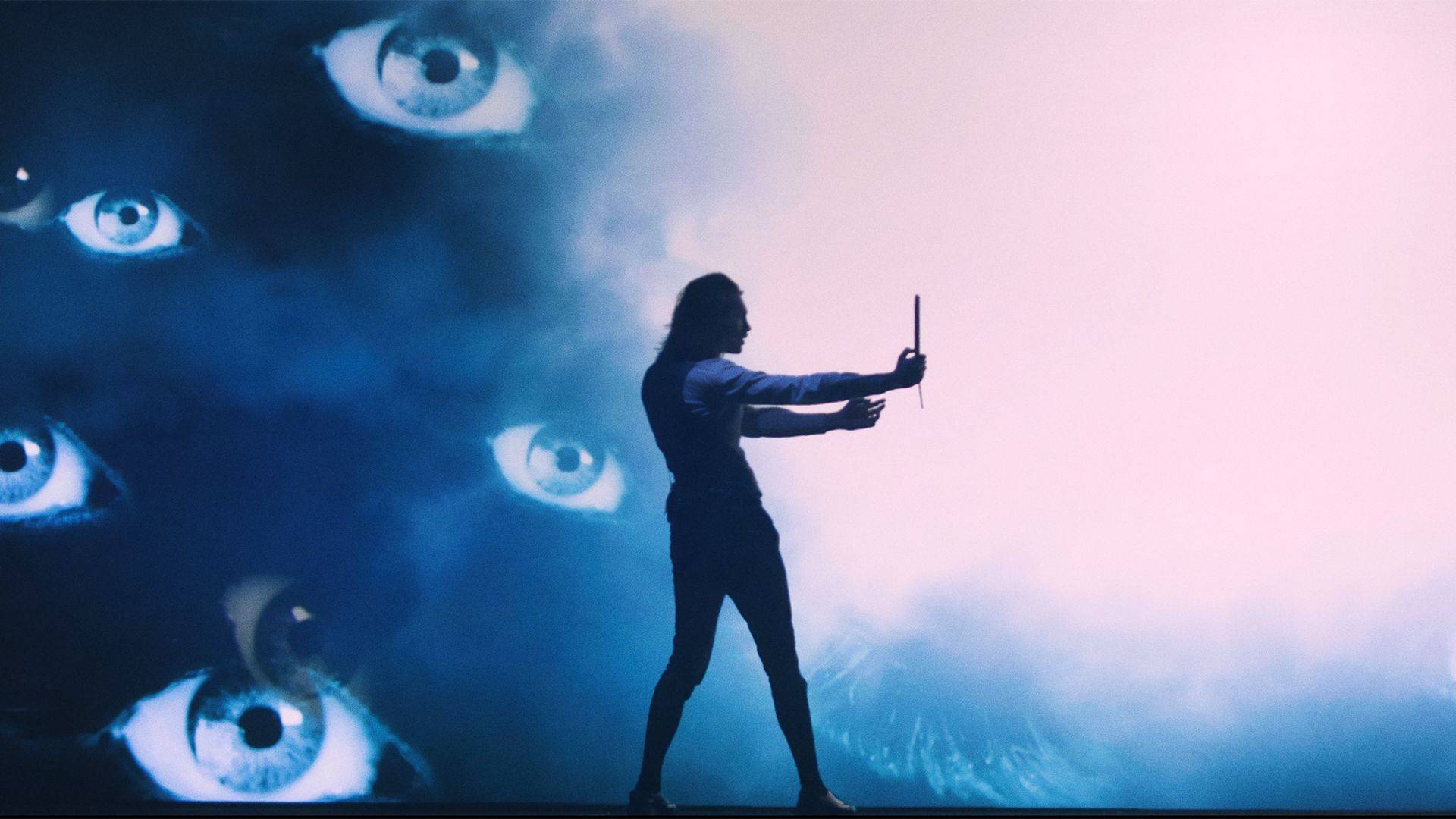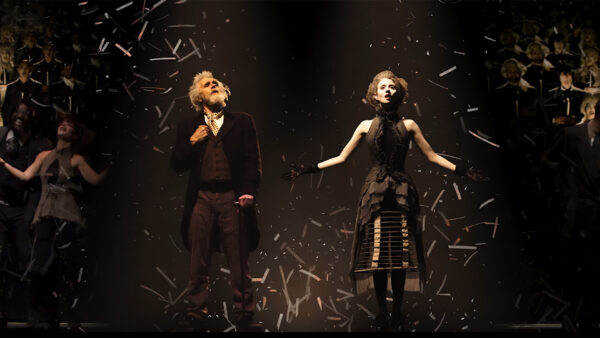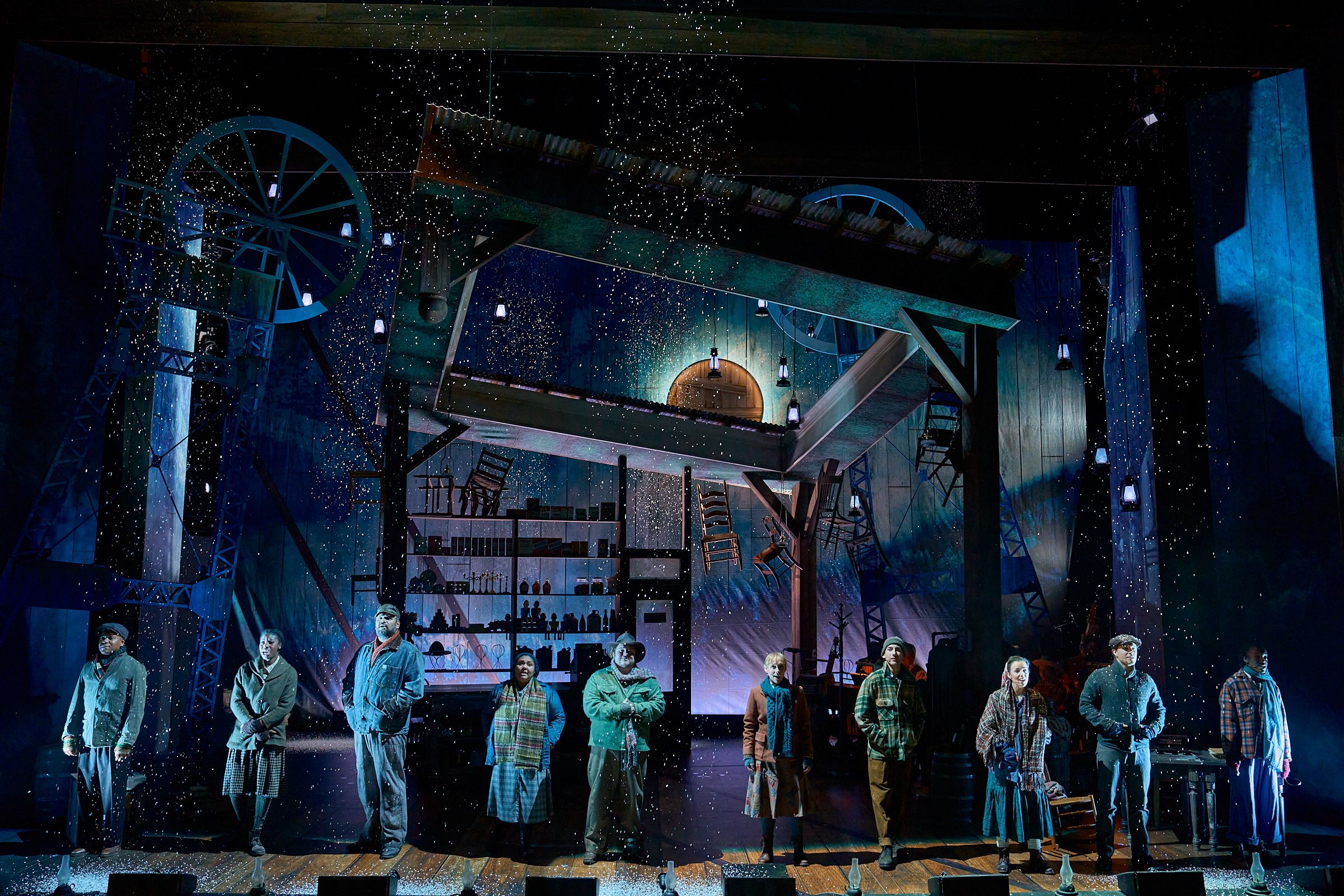There’s something incredible about biographical musicals; seeing esteemed historical figures brought to life onstage, with singing and dancing. It’s so much more fun than an history lesson or reading a Wikipedia page; you’re not just educated but also entertained.
Hamilton told the story of Alexander Hamilton through hip hop and rap, provocatively casting actors of colour as the slave-owning founding fathers. Six, meanwhile, is a gig musical that sees the six wives of Henry VIII form a girlband and debate who had it hardest.
The latest biographical musical is Mandela, which is currently having its world premiere at the Young Vic, an Off West End theatre.
Mandela takes itself more seriously than Hamilton and Six, but it still uses music as a vehicle to tell the story of a renowned historical figure. Infused with the rhythms of South Africa, it’s a soaring musical that tells the extraordinary story of a man who changed the course of modern history.
Speaking of Hamilton, Mandela stars Michael Luwoye as Nelson Mandela. Luwoye was the third actor to play Alexander Hamilton on Broadway and the first to play the character in the inaugural US tour. He’s the first Black actor play the role. He is also known for starring in the original casts of One Love: The Bob Marley Musical (formerly known as Marley) and Witness Uganda (formerly known as Invisible Thread). The former – less successful than Get Up Stand Up! The Bob Marley Musical – was written by Kwame Kwei-Armah OBE, who is now the Artistic Director of the Young Vic.
Rich-voiced and dignified, Luwoye perfectly captures the essence of Mandela, even when the musical, as a whole, fails to. Indeed, the musical’s weakness lies with the bland book. The musical has a strong start, with an opening number that celebrates the beauty of South Africa, followed by (and juxtaposed with) the Sharpeville massacre in 1960. It’s a dark, dramatic scene that establishes the setting and the stakes – but the musical fails to live up to the grand opening or the huge anticipation that has been attached to this production since it was announced (especially because it has been produced in partnership with the Mandela family).
It is astonishing how little we learn about the main players in a musical that lasts two and a half hours. The musical is, essentially, a sentimental sweep of Mandela’s life. There are dramatic moments but very little dramatic tension; you rarely feel on edge. Exchanges between characters, all incredibly acted, are cursory and shallow.
Hamilton succeeds in bringing to life an historical figure that most people were unfamiliar with; it’s a fabulous, dramatic history lesson. Mandela, meanwhile, does not take advantage of the audience’s established knowledge of Mandela, who died less than a decade ago, nor does it offer much insight into his background, e.g. meeting Winnie, his path into the African National Congress, his Marxist brand of socialism. “No talking politics,” barks the Warden when Mandela is visited by his daughters – seemingly a rule for the musical itself.
Much of the music is ponderous, but there are some fierce, passionate numbers that you’ll be singing on your way home. An early song, ‘Fight Fire with Fire,’ is truly incredible; it sees Mandela, a pacifist, call for aggression, after the Sharpeville massacre, and the entire audience is on his side. However, there is little insight into this; the musical juxtaposes Mandela’s ideals with Winnie’s, but it never explores or interrogates his own complex, seemingly contradictory, philosophy.
Winnie Mandela is the musical’s best character. She is played by Danielle Fiamanya, who starred in the original casts of & Juliet (I covered the world premiere) and Frozen (as understudy Elsa). She is the musical’s best-written character, and Fiamanya offered one of the greatest performances I have ever seen in a piece of theatre (and I’ve seen a lot of theatre).
The musical does not shy away from Winnie’s brutality and corruption, as one might expect it to do. Winnie is wonderfully developed. After Mandela is imprisoned, she is forced to raise her children on her own. She becomes a leader of the ANC and risks her life to fight Apartheid. She is soon sent to prison for 16 months, a chunk of which she spends in solitary confinement, and she is tortured and beaten.
When Winnie is imprisoned, Fiamanya delivers a harrowing musical performance, capturing her pain and destruction. At one point, spit poured from her mouth; it was disgusting but cathartic. Fiamanya completely embodied Winnie – warts and all.
Another powerful Fiamanya-led performance sees Winnie and her cohort all dressed in military uniform, refusing to step down. It was cathartic.
Perhaps my favourite scene in the musical is the reunion between Mandela and Winnie. Mandela has been imprisoned for two decades, and Winnie is finally allowed to visit him. They are even allowed to hug. However, the emotional reunion soon turns into a manic confrontation, in which Winnie confirms that the rumours Mandela has heard are true: she has began her own reign of terror in Soweto, backed by bodyguards who murder child informants.
The duet is a wonderful interrogation of political philosophy and the central debate between pacifism and violence. Rather than condemn Winnie, the musical allows her to explain and justify her brutality. I completely understood how she became a person she never wanted to be, who her own husband did not recognise – and I hate to admit it, but I had an inner-conflict myself; I was sort-of on her side. We all like to believe we’re more a Martin Luther King Jr. than a Malcolm X: a pacifist who believes that violence is never the answer, who wants to create change, not enact revenge. But it’s easy to condemn violence when you’re not at the receiving end of it. MLK protested peacefully – but they still killed him.
This number, though not a rebuke of Mandela’s pacifism, allows Winnie to explain her own philosophy. She tells Mandela that it is easy for him to call for peace when he is safe inside a prison, even respected by the Warden, whilst she was brutalised in solitary confinement and still lives in fear everyday.
The number is a musical representation of the tenet, “One man’s terrorist is another man’s freedom fighter”. It reminded me of Whoopi Goldberg and Sunny Hostin’s recent controversial remarks on The View. When co-host Sara Haines referred to the Taliban and Hamas as terrorist organisations, but “not Israel”, the pair remarked, “It depends on who you talk to”. Poignant and nuanced, Goldberg and Hostin were calling for a dialogue in which different viewpoints are heard, no matter how unfathomable they are to some.
This number received a huge applause from the majority White audience, who were convinced by Winnie’s argument. It had me questioning my own pacifism. It’s one of the most powerful performances I’ve ever seen onstage. It’s just unfortunate that the controversies around Winnie’s leadership are mostly broached in one song and swiftly put away, especially because it’s the most interesting thing about the entire musical.
The aforementioned Warden, played by the wonderful (and gorgeous) Stewart Clarke, is a fantastic character. Warden is a White man, an agent of Apartheid, who unlearns his racism. He is a microcosm for learning and change in the wider Afrinaker community (and White folk, in general).
The only other significant White character is the Prime Minister. The creatives have decided to combine numerous Apartheid leaders into one Character. I appreciate having numerous Apartheid leaders over the course of the show might have been a little confusing; combing them all makes it clearer and more concise – but it does feel a little lazy.
The simple staging, with very little set, allows the actors to be the spectacle, but a more eye-catching and striking aesthetic might have taken attention away from the blandness of the book.
Whilst the musical’s book could do with a rewrite, the characters are all incredibly well-written and exceptionally acted. Some of the characters, especially the aforementioned Winnie and Warden, are vehicles in which the writers approach different themes and issues. Ironically, Mandela is less interesting than some of the other characters, though Luwoye consistently delivers.
Whilst the book needs a rewrite, Mandela is a thrilling, musical experience that had me crying, laughing, applauding, and on my feet.
Mandela plays at the Young Vic until February 4.




